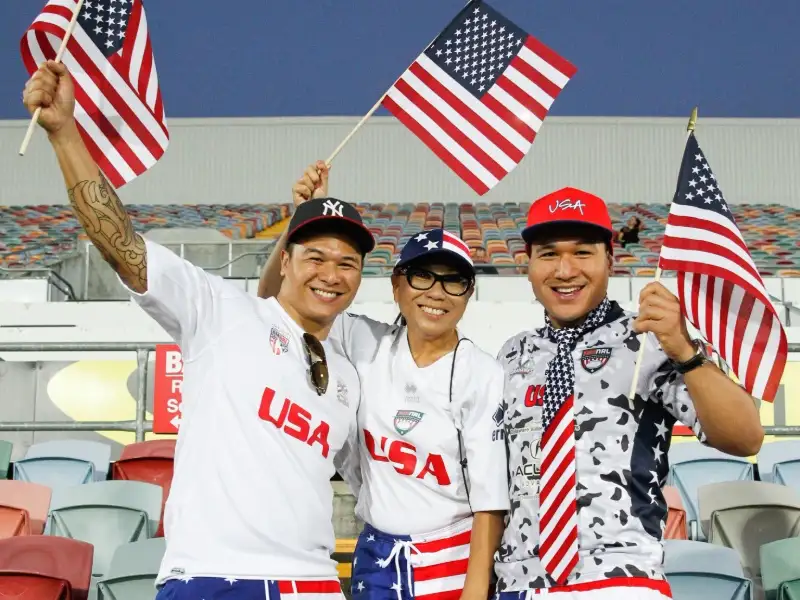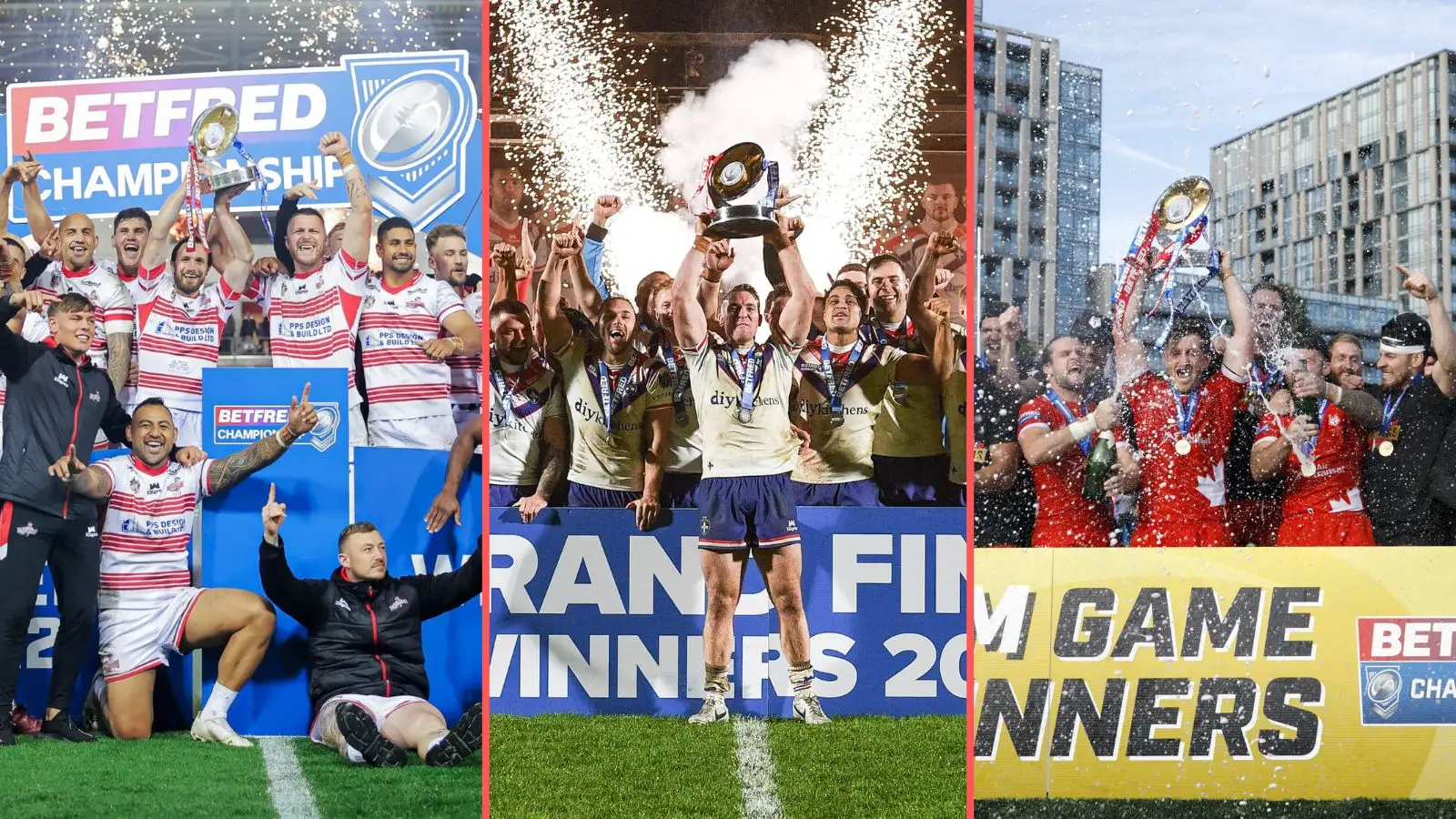Expansionist blog: An insight to rugby league in North America

With talk of New York on the horizon, and Ottawa poised to join Toronto in the RFL’s rugby league structure from 2021, we gain some insight from ex-Swinton man Geoff Hewitt, who keeps a watchful eye on the growth of rugby league from his homes in Vermont and Florida.
After emigrating to Canada in 1967, Hewitt , in the absence of any opportunity to play RL, helped found a rugby union club in Ontario, but now keeps a watchful eye on both codes including local rugby league side Jacksonville Axemen, who play in the 11-team USA Rugby League.
The Axemen play in the South Conference with Atlanta Rhinos (whose badge has a striking resemblance to that of Leeds owing to a partnership between the clubs that began more than a decade ago), Lakeland Renegades, Southwest Florida Copperheads and Tampa Mayhem.
The North Conference teams are wider spread, with Boston Thirteens, Brooklyn Kings, Delaware Black Foxes, Northern Virginia Eagles, Philadelphia Fight and White Plain Wombats.
10 other clubs have participated, including New York Knights, who last played in 2018 not long before plans were first mooted for a New York side to follow the trail blazed by Toronto Wolfpack.
Rugby exposure in North America is at an all-time high, though this is almost entirely rugby union – thanks to their inclusion in the 2016 Olympics, which saw every rugby game broadcast on TV, while blanket coverage of the 2019 Rugby (union) World Cup was available on sports channels, with all USA games and the final on the full NBC network.
Prior to the Olympics, NBC added the NCAA (college) rugby finals and the international 7s tournaments to its regular schedule, and after Rio, they started to carry Premiership rugby live.
The threat of rugby union is obvious. Their aspiring professional Major League Rugby already has 12 teams, including Toronto Arrows, and boasts ESPN and CBS Sports as a TV partner. Further entrenchment of RU can be seen from the recent investment of New England Patriots players in the local Boston MLR franchise.
Teammates, locker neighbors, friends and now, part-owners of the @NEFreeJacks rugby team.@NateEbner & @PatrickChung23 helping to grow pro rugby in New England: https://t.co/PYHJCRjIJt
— New England Patriots (@Patriots) February 22, 2020
There is some confusion over what rugby union’s plans are, and also confusion about the term “rugby” being freely used by both – which from experience, means that rugby league will end up being marginalised at best.
The Sydney-based promoter Jason Moore was the best example of a fear that people from overseas playing with the game in the USA is not going to work – his disastrous Denver test between England and New Zealand left both governing body’s out of pocket, and also resulted in the USA being stripped of the 2025 World Cup – although how capable it would have been to host the event in the first place will forever remain unknown.
While the pros and cons of the Wolfpack are debated, rugby union is cracking on and establishing a North American professional league. A (UK) Premiership rugby match was played in Philadelphia in 2017.
Hewitt explains: “You will notice that all the attention is on RU. I suspect that most North American fans who know of rugby know nothing of RL.
“One issue RL will need to address is the fake scrum issue. If it is to be accepted as a legitimate competitor to RU and gridiron, they need to be contested.
“Other than that, RL has a much closer resemblance to gridiron than RU. Limited tackles followed by a punt, retaining possession when tackled, easy to explain.
“There will never be a better time for RL in general to take a serious look at opportunities in North America. While many population centres are loaded with major league sport, many have little or none. Minor league sport fills that void.
“While rugby, like soccer, will not achieve major status in my life time, it brings international competition and as such generates interest way beyond its apparent base.”
The 2025 World Cup could have changed everything – the USA public are drawn to the interest of international competition, particularly as their core sports in NFL and baseball are lacking it; while even in ice hockey and basketball, their competitions dwarf the international game.
The creation of sports stars in America differs greatly to the UK, with the talent pool coming from youth and high schools, and then college, at no real cost to the NFL or its clubs, for example. Baseball, basketball and ice hockey are similar.
Naturally there are comparisons between NFL and CFL to rugby league by their nature, though it is worth noting that there are only 32 NFL teams with rosters of around 75 players; and nine teams in the CFL in Canada. There are no international competitions, and so they are minute numbers in a combined population of nearly 400 million.
Hewitt added: “I’m very frustrated by the lack of presence of RL in the USA, if for no reason than the thousands of athletes that don’t make it to the NFL surely would add to the talent pool, and the success of RU is making the future bleak.
“In my opinion, expansion of RL in the US and Canada should be predicated on established teams and the established talent pool. There should be a majority of domestic players and the top club(s) should enter the RFL into League 1.”


